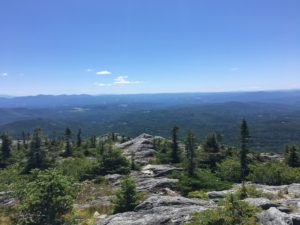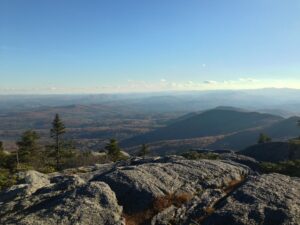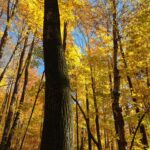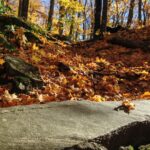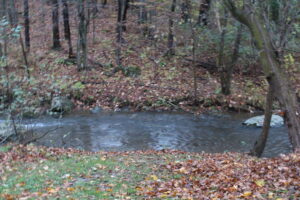Wow, I can’t believe it is nearing the end of the semester already. Visiting my phenological place made me feel a little more reconnected with nature. I am very thankful for this project because it made me take the time to sit and observe the elements of nature with a different lens obtained from being in NR 1. This is something that I would not be able to do without being in this class. Because of this project and NR 1, I am able to identify trees, speculate how this landscape was formed, observe the birds and mammals outdoors, and finally think about nature in the context of human history.
More so, I can see the impacts that humans have had on the elements of nature. I have also been able to observe how nature is coexisting with humans. In my mind, I believe that humans have learned to coexist with nature and not the other way around. I noticed that residents of Essex Junction including myself have the ability to impact the quality of the stream which eventually leads into Lake Champlain. It is important to prevent the run off of stormwater and the build up of fertilizer and other chemicals in streams. In addition, I believe that the forest I am studying is the result of cutting. Most of the growth is very new, and there is a very small amount of older, larger trees. It is interesting because I wonder what this land has been used for in the path. Maybe a farm?
During the next week, when stress will probably reach its peak, I believe I will take some time out of my busy day to come back to my place. I want to use the healing power of nature suggested by Almstead as a way to deal with stress. This project was eye awakening.

